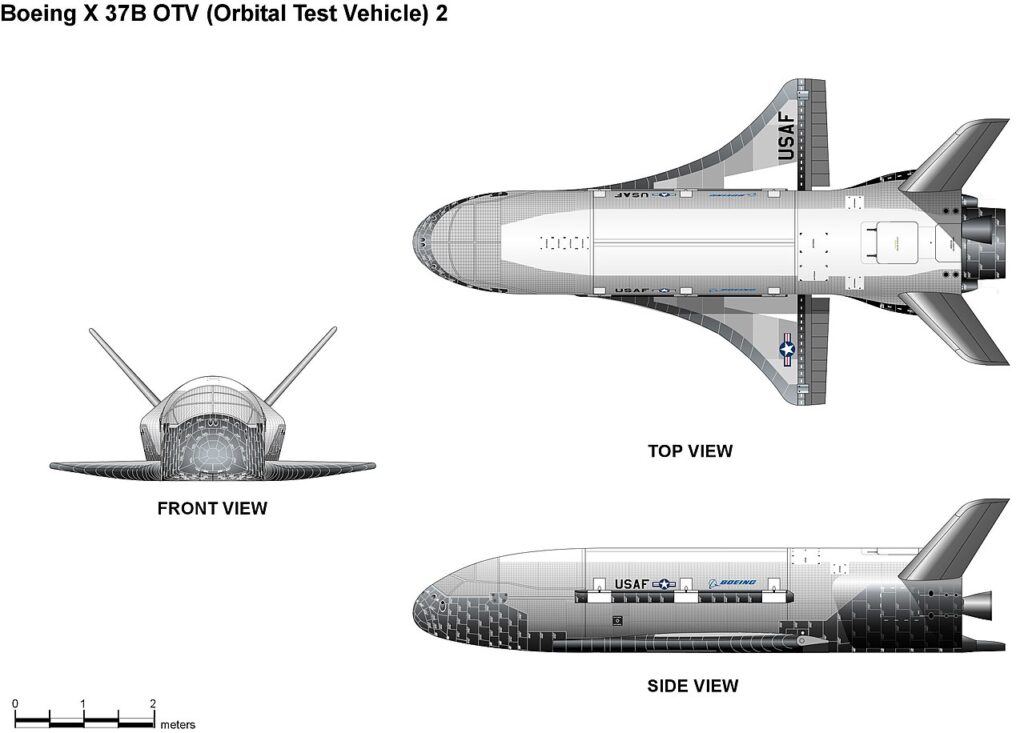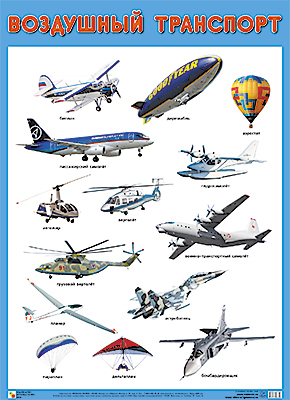
Space shuttles X-37B and their tasks
X-37B (OTV-1) during testing at the Astrotech Space Operations airport in Titusville, Florida; March 30, 2010
Two US Air Force Boeing X-37B shuttles are the world's first reusable unmanned aerial vehicles. Launched into orbit by launch vehicles, they independently return to Earth, landing at the airport, like classic manned shuttles. Both ships have already spent more than 2800 days in space. From the very beginning, the X-37B missions are shrouded in military secrecy, which has given rise to a number of assumptions about their functions and tasks. However, it appears to be an extremely effective tool for testing the various technologies used in the US space programs.
The idea of creating a “space plane” that would be launched into orbit by a launch vehicle and returned to land at an airport like an airplane first appeared in the United States in the mid-50s. Then the US Air Force (US Air Force, USAF) began a program to create a manned shuttle X-20 Dyna-Soar (Dynamic Soarer). In June 1959, the contract for the construction of the machine was awarded to Boeing. The US Air Force made no secret that the X-20 would be a combat vehicle whose main tasks would include, among other things, reconnaissance, space rescue, satellite maintenance and repair, as well as capturing and combating enemy satellites, as well as strategic bombing with atomic bombs . It was assumed that the X-20, using its own propulsion system and the influence of the upper atmosphere, would be able to change the inclination of the orbit. This was supposed to allow him to capture enemy satellites. After much deliberation, in December 1961, the Titan IIIC rocket was chosen as the launch platform for the Kh-20. However, the technological capabilities of the time could not keep up with the ambitious assumptions of the program. In addition, too high costs and the lack of a clear goal led to the fact that, finally, in December 1963, the Pentagon decided to abolish it. However, many of the findings and concepts analyzed in the X-20 program were later used in other projects such as the Space Shuttle program and the X-37B program.
Despite the undoubted success of the American Space Transportation System (STS) program, their operation turned out to be too expensive and too complicated compared to the initial assumptions. The preparation of the STS orbiters for the next flight took months and did not correspond to the concept of a fast and relatively cheap launch of charges into orbit. The fact that these were manned vehicles greatly complicated the process of preparing for the flight and increased operating costs. The Space Shuttle Challenger disaster in 1986, and then the Space Shuttle Columbia crash in 2003, also showed the huge losses that can be caused by manned flights. Therefore, in the early 90s, NASA began research on the development of a new reusable launch vehicle (RLV). The goal of the program was to build a manned single-stage vehicle (SSTO) called the Venture Star. Built on the technology of the carrier body, the device was supposed to take off vertically thanks to its own (non-deflecting) engines, and then return to Earth in a gross flight - like a shuttle.
In 1996, NASA awarded Lockheed Martin a contract to develop a technology demonstrator, designated the X-33. It was supposed to be a smaller (1:2 scale) unmanned version of the Venture Star. At the same time, Orbital Sciences received a contract to build a technology demonstrator, designated X-34. It was supposed to be a relatively cheap unmanned autonomous suborbital vehicle, reminiscent of a small shuttle. During the construction of the X-33, they encountered technological problems when it turned out that the composite fuel tank (liquid hydrogen) was too heavy on the one hand, and on the other hand, did not withstand the resource tests. The use of advanced composites was essential.
If the vehicle were to enter low Earth orbit (LEO) on its own (without a booster), its curb weight would have to be only 10% of the mass of the vehicle filled with fuel. Eventually, NASA terminated the X-2001 program in February 33, despite the prototype being eighty-five percent complete and the launch center fully operational. In March 2001, the Kh-34 program was also curtailed, and two prototypes built were put into service.
Boeing X-40A SMV and Boeing X-37A
Back in the mid-90s, NASA began to consider moving away from manned flights in favor of autonomous drone flights. Reusable unmanned vehicles can significantly reduce the cost of placing a payload into low Earth orbit. The USAF analyzes also went in the same direction, looking for the possibility of relatively cheap and fast launching of military satellites into orbit using the so-called Space Maneuverable Vehicle (SMV).
The Air Force then commissioned Boeing to build a technology demonstrator that was to be 85% the size of the target vehicle. The machine, which received the designation X-40A, was to be used for aerodynamic tests and testing the autonomous flight system. The X-40A was built according to the low-wing scheme with a retractable three-point landing gear and resembled a miniature shuttle. The X-40A fuselage length was 6,4 m, and the wingspan was 3,4 m. On August 11, 1998, the X-40A was tested at Holloman Air Force Base in New Mexico. The machine was suspended under a UH-60 Black Hawk helicopter at an altitude of 2800 m, about 4 km from the runway. After separation, the X-40A performed an autonomous soaring flight, which resulted in an increase in the angle of attack and a landing. Stopping at a distance of 2100 m was carried out thanks to braking parachutes.
In 1999, the US Air Force loaned the X-40A to NASA, which modified the vehicle for its own testing program. Between April 4 and May 19, 2001, the X-40A made seven shaft flights at the NASA Dryden FRC Test Center in California (now: Neil A. Armstrong FRC, Neil A. Armstrong Flight Research Center). At that time, autonomous navigation and control systems were being studied. A US Army CH-40D Chinook helicopter was used to bring the X-47A to the landing ceiling. The vehicle was dropped from an altitude of approximately 4570 m. At the time of the program, NASA planned to build two vehicles: one for the Approach Test Vehicle (ALTV) and the other for the Orbital Vehicle (OV). The main tasks of the orbiter were to carry out inspections and possible repairs of artificial satellites. It was originally planned that the OV would be launched into orbit in the transport hatch of the STS (shuttle) orbiter. However, such a solution was uneconomical, and it was decided that the device would be carried by a Delta IV rocket or another rocket with similar parameters.
